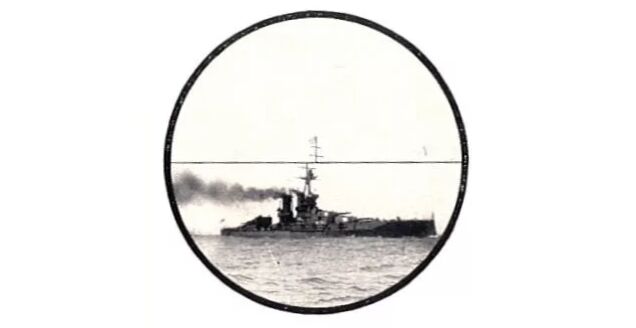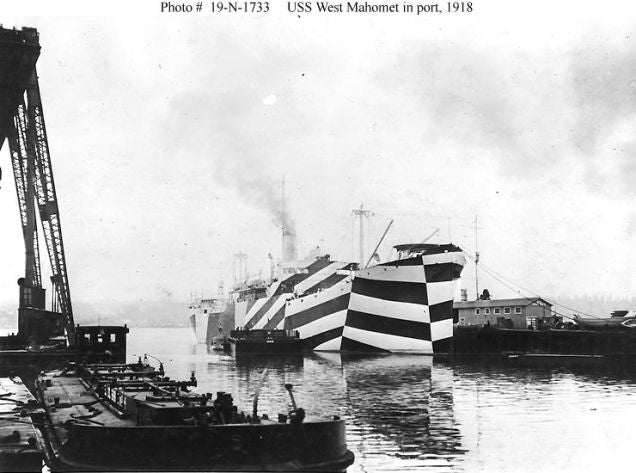Propper’s Blog posted up an excellent link on the early development of camouflage. As it turns out, the first impetus of camouflage in the modern era was from the development of optics… but not to target infantry.

But before the First World War, camouflage mostly consisted of wearing drab colors difficult clearly to see at a distance. The distinctive blotches of color that are so familiar to us today didn’t come about before then. So the question contains a very interesting sub-question: Why did camouflage as we know it today suddenly start to develop very quickly around World War I? I think you’d need to mention something very relevant in any discussion about World War I weapons technology: OPTICS.
The late 19th-early 20th c. brought about two critical innovations:
- The optical or “coincidence range-finder”
- Cubism [1]
![]()
![]()
Prior to the invention of the optical range-finder, capital ships has previously guessed the ranges for their bombardments (often angling each barrel differently and seeing which was closest). After each salvo, the gunners would adjust based on feedback from the lookouts until on target.
With new optical range-finders, it was easy to get on-target. To disrupt the optical range-finders, navies opted to use Cubism principles to break up the outline of the vessel.

Shortly thereafter, the same ideas were applied to infantry and the modern camouflage era began in earnest.
For the full story, check out the full article on Quora, with detailed pictures, discussions on trigonometry, and analysis on why camo did not come about until later.
 Your Privacy Choices
Your Privacy Choices